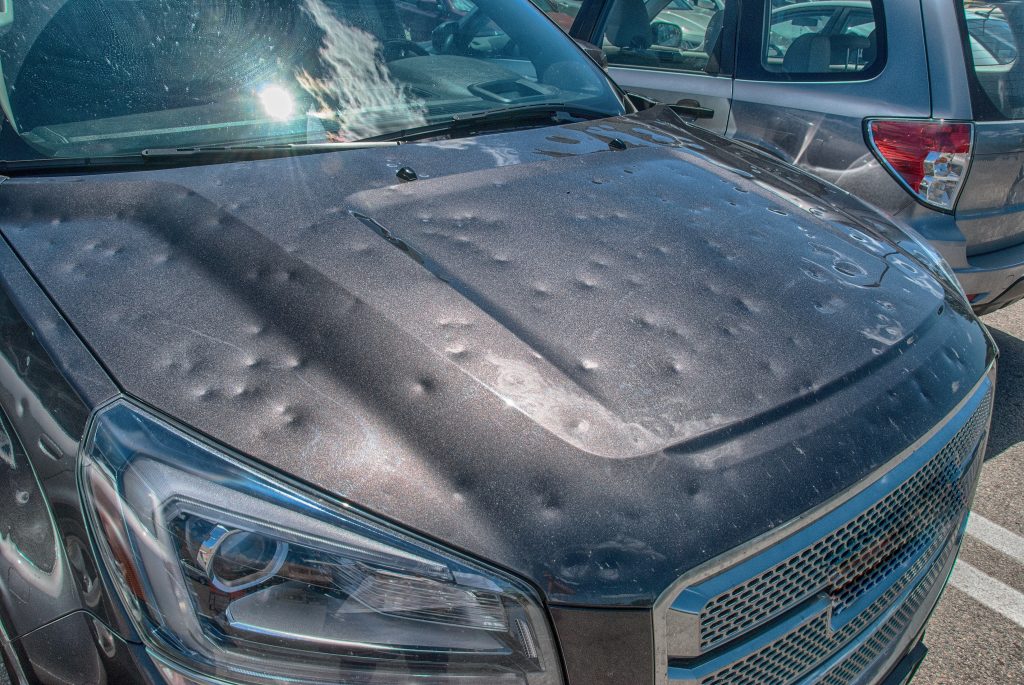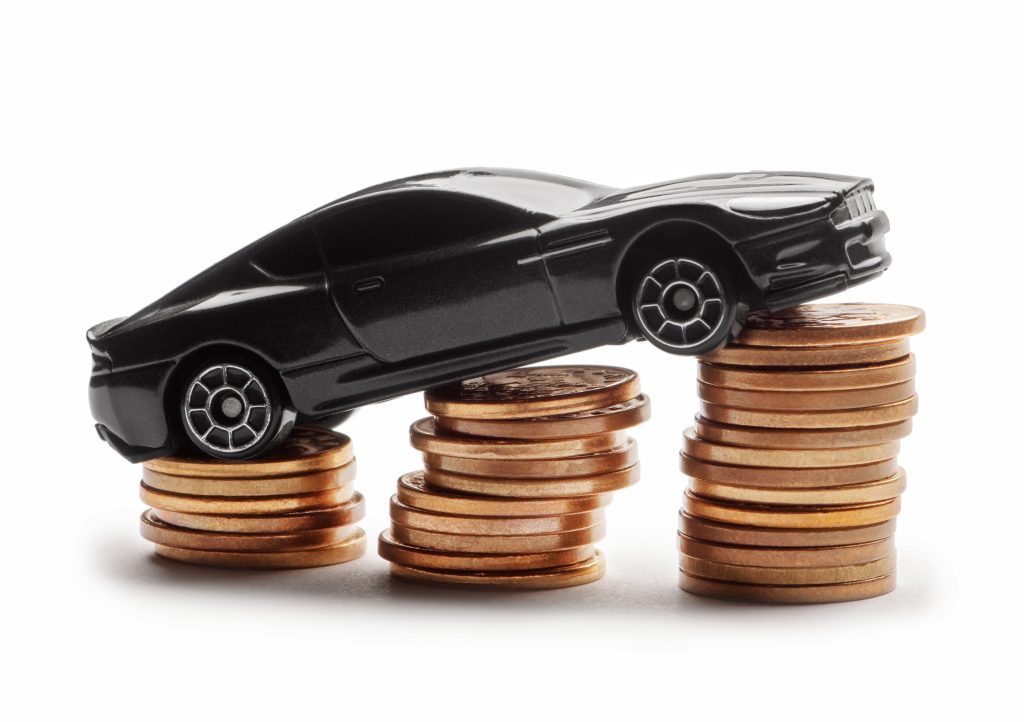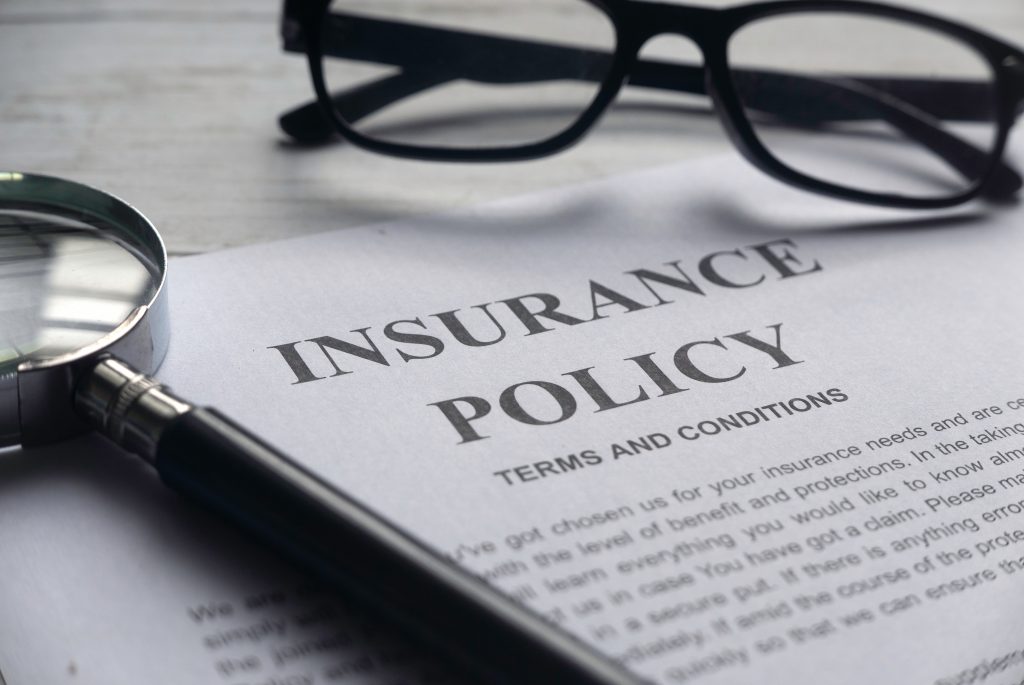Can Your Car be Totaled From Hail Damage?

If you’ve ever owned a car, chances are you’ve heard horror stories of hailstorms wreaking havoc on vehicles and leaving dents throughout their bodies. Those tales may frighten you if you don’t have comprehensive insurance coverage – but the most serious worry is whether your car could be totaled from hail damage alone. Although hail damage can take different forms and range from minor to extensive, its impacts can be unclear when it comes to whether or not your vehicle will ultimately be considered totaled. The answer varies depending on many factors like the severity and size of the hailstones, and even how new or old your car is. Read more to understand why some cars may get totaled while others survive relatively unscathed.
How Much Damage Can Hail Cause?
Hail can cause a large amount of damage to your car. It’s not uncommon for hail to put dents in the roof, hood and trunk, as well as break windows or mirrors; hail pummels cars with so much force that the hail might jump off the vehicle. Paint damage is also another common consequence hail has on cars. Not only can hail cause hail dings, chips and scratches, but it has been known to strip away entire layers of paint from a car.
The amount of damage hail inflicts on a car is usually dependent upon the size of the hailstones, with the larger hailstones creating deeper and more irreparable dents than the smaller hail stones. Repairs associated with hail damage are not always covered by insurance, so understanding how much disaster hail can potentially cause helps in both preparing for this type of natural disaster while reducing concerns over repair bills.
What Qualifies Your Car as Totaled from Hail?

Hail damage can range from barely noticeable to catastrophic, so deciding when a car is actually totaled due to hail can be tricky. Depending on the magnitude of the hailstones and the vulnerability of your car’s materials, any hail storm can be a nightmare! What constitutes a ‘totaled’ car will depend largely on the amount of hail damage, as well as its positioning on the particular vehicle. If hail has damaged several body panels or structural components to such an extent that it would prove too expensive to repair, then this typically qualifies your car as totaled by hail. Any visible hail denting or cracking of sensitive areas like windshields should also be noted, as this kind of damage is often excluded from insurance payouts. The hail must also have caused certain holes in the vehicle and widespread damage that cannot be corrected with simple repairs.
Generally speaking, related insurance rates rise when hail damage becomes so severe that repairs exceed 70-75% of the vehicle’s value. Another indication that an automobile has been totaled due to hail is when repairs begin to compromise its technological integrity or compromise the protection it provides passengers. Hail damage must be severe enough before insurance companies will declare a vehicle as totaled. Ultimately, whether hail has made a car totaled or not needs to be assessed and verified by an experienced professional.

What Happens if Your Car is Declared a Total Loss
If hail or any other form of damage renders your car a total loss, the value of your car is recalculated to reflect this new condition. Typically, an insurance adjuster will visit you to assess the damage and issue a payment based on the estimated fair market value of a comparable vehicle. If the damaged car has been leased, you may receive additional payments from your auto insurance company depending on the terms of your specific lease agreement. Once the negotiation process between you and your auto insurance company is complete, then it’s time to figure out what comes next for your vehicle and for yourself as far as transportation needs go.
Preventing Hail Damage
Taking proactive steps to protect your car from hail damage is always a wise decision. The most effective hail prevention measure is to park your car inside a garage, or in an indoor parking lot when hail storms are due. Additionally, a way to prevent hail damage on your car is to invest in a hail-resistant cover that can be used whenever the hail storm hits. These specially designed covers are usually made of materials that resist impact, such as mesh fabric, nylon and vinyl. Lastly, if you live in an area that commonly has hail storms, have a plan for protecting your vehicle if hail strikes suddenly and unexpectedly – this could include having items like mats and blankets available to cover and protect your car quickly and effectively.
Of course, sometimes hail damage is not completely avoidable. This is why it’s important to make sure that your insurance offers comprehensive coverage for hail damage. This could make all the difference financially if your car sustains damage from hail. When you work with an insurance agent, such as our expert team here at Robinson and Stith Insurance, they will ensure that your insurance has you protected in any unexpected situation.
With these tips in mind, you can reduce the chances of hazardous hail damaging your beloved car.
Contact Robinson and Stith Insurance
Hail can cause a lot of damage to your car and sometimes that damage is extensive enough that your car is considered totaled. If you have comprehensive insurance, then you will be covered for hail damage. However, it’s always best to prevent hail damage from happening in the first place. If you live in an area where hail storms are common, it’s a good idea to invest in hail protection for your car. For more information on how to keep you and your car covered from hail damage, contact Robinson and Stith Insurance. We’re here to help you keep your car safe and sound!
